December 2020 – DesignSingapore Council’s (Dsg) Visions of the…
DesignSingapore Presents: ‘Visions of the Future’
 Above: ‘Mass Production of Happiness’ by Yingxuan Teo – a device that can be used to create 100% natural soap - Mit freundlicher Genehmigung von: camron
Above: ‘Mass Production of Happiness’ by Yingxuan Teo – a device that can be used to create 100% natural soap - Mit freundlicher Genehmigung von: camronWas: Messe
Wann: 10.12.2020 - 07.01.2021
December 2020 – DesignSingapore Council’s (Dsg) Visions of the Future imagines future trends in the wake of the pandemic, through seven designs that look at the improvement of health and wellbeing through rituals and practices, sustainable processes, new materials and safety through design. Through Visions of the Future - and its wider work - Dsg aims to recognise and support good designs and designers for their role in impacting society, economy and quality of life through innovation and growth.
The participating designers were selected through an open call held by Dsg in late 2019, and were mentored throughout the process by Wendy Chua and Gustavo Maggio, founders of the Singaporean multi-disciplinary design practice Forest & Whale.
Exhibits and a full programme of discussion panels and podcasts will be available on the dedicated microsite https://visionsofthefuture.sg/.
Design in a Pandemic State of MindAs cities begin a slow return to some semblance of normality and the initial alarm to the public health crisis subsides, people begin to grapple with what it means to live in a pandemic state of mind. The effects of quarantine fatigue and isolation linger; we see the repercussions in the cognitive decline of seniors with dementia and the rise in mental health cases of anxiety and depression. How might design help us to thrive despite the challenges of the moment and reimagine hope in such dire times?
From memory stimulation therapy using new technologies to design probes that aid us in overcoming conditioned reflexes—such as touching our face mask unconsciously—the exhibition highlights the significance of design in safeguarding our health and wellbeing. Beyond the immediate needs of the crisis, it explores the intangible but deeply rooted cultural beliefs that anchor one in a future filled with uncertainties. Through new interpretations of rituals of repair and mindfulness, design plays a pivotal role in building financial, mental and emotional resilience.
The seven works presented in Vision of the Future illuminate the opportunities in the crisis by imagining new rituals of living in the new normal. Through innovations in craft, technology and materials, the designers illustrate a hopeful future—better by design—despite the pandemic.
“It is a joy to see our young designers’ in-depth design research and creative responses to the pressing concerns of today. From transforming the act of soapmaking into a meditative ritual, to empowering the elderly to hold onto their fading memories, these young designers provide a fresh perspective to everyday issues – and those brought anew in the current climate - that anyone can appreciate. We are most excited to present this intimate show to the world, both at the National Design Centre and on a digital platform for all to enjoy.” – Mark Wee, Executive Director, DesignSingapore Council.
‘Mass Production of Happiness’ by Yingxuan Teo‘Mass Production of Happiness’ by Yingxuan Teo is a project which envisions a near future where plastic packaging is eliminated from the cosmetics industry, with single use plastic being replaced by entirely sustainable ‘make your own’ systems. Yingxuan Teo has designed a soap-making device which can be incorporated into an everyday routine. The device uses natural ingredients, for example the Aloe Vera plant, therefore avoiding the harsh chemicals that are often used in everyday soap products and as an antidote to burgeoning plastic waste due to the pandemic. The design is a call for more sustainable practices in our daily sanitising procedures due to the public health crisis.
‘Rewind’ by Poh Yun Ru‘Rewind’ by Poh Yun Ru is a cognitive stimulation therapy tool for people with dementia – who rely heavily on repetition in everyday life via sounds, smells and sights in order to retain memory. A motion-tracking tool produces visual and audio feedback through a paired device and asks the user to relate personal memories which they associate with the images and sounds that appear on the screen.
Due to their vulnerabilities to the coronavirus, older people are encouraged to stay at home, even to a state of near isolation with little physical contact with their families. The lack of suitable activities while being confined at home also contributes to the rapid deterioration of their cognitive faculties. Poh Yun Ru has designed these new activities to engage the mental agility and acuity in response to this.
‘Pneumatics’ Touch’ by Sheryl TengTaking an experimental approach to pneumatics (a branch of engineering that makes use of pressurised air), Sheryl Teng seeks to investigate how air can “come to life” in the form of a pneumatic textile, which responds to the needs of the user and the environment - creating the ‘Looft’ collection.
Using a battery-operated handheld heat sealer and pleated fabric, Teng produced an inflatable, stretchy resilient material made up of multiple compact air pockets that can be used for a variety of purposes. The resulting series of clothing, objects and protective cases that Teng created serves to reimagine the system and application of pneumatic objects, utilising its thermal insulating properties. The innovative series comprises thermal wear, a laptop case, a space partition and applications to a wingback chair and lamp.
‘Ji Jian Wu’ (吉简物/ Ji Jian Wu: A belief, A blessing) by Lin QiuxiaLin Qiuxia presents contemporary artefacts of belief as vessels for hope under the invisible threat of the coronavirus.
Originated from the ancient divination rituals of Chinese geomancy, each object by Lin Qiuxia is designed to maintain the Feng Shui meaning associated with its traditional counterpart. Like amulets, these contemporary artefacts are vessels that carry one’s hopes and wishes to bring forth good fortune and ward off ill health, assuaging fears and easing anxieties.
‘Canvas’ by Ng Luowei & Mervyn Chen‘Canvas’ offers a visionary approach to the ‘make do and mend’ culture which fell out of fashion as goods became cheaper. Designers Ng Luowei and Mervyn Chen have repurposed quick-drying liquid rubber paint to become a material that can be used to restore and repair worn-out shoes in creative patterns. Shoe repair is democratised, and unique works emerge in every attempt to breathe new life into old favourites, thereby reducing the number of shoes that are unnecessarily thrown away each year. The work recalls old repairing cultures in the frugality of the impending economic recession due to the pandemic.
Design Probes by Kevin ChiamOur conditioned reflexes and unconscious behaviours, such as our tendency to touch our face mask, can place us in harm’s way. Through design probes that nudge behavioural change, Kevin Chiam innovates design solutions to overcome our worst inclinations and safeguard our health and wellbeing.
Soap Tattoos – created to bring delight to children in the repetitive sanitising process of “the new normal” – dissolve upon contact with water to reveal animal prints, while ‘Echo’ is a response to building fire fatalities of those dismissing emergencies as false alarms; it is a fire alarm system that uses an imminent bursting balloon to motivate occupant evacuation.
‘Phenomenal Wood’ by Jasmine QuekThe ‘Chun’ collection by Jasmine Quek – part of her wider ‘Phenomenal Wood’ project – is a modern reinterpretation of traditional teaware that is used in the Chinese GongFu tea ceremony. The contemporary tea set, that explores new interpretation of familiar materials, brings a ritual of mindfulness into our homes in times of quarantine fatigue.
‘Grained Tea Boat’ was created from a block of hemlock wood that was sandblasted to naturally remove its softer, more water-absorbent earlywood. This formed gaps between the harder latewood that remains undisturbed to create naturally sculpted slats that allows the tea to seep through during the ritual of rinsing the tea leaves and warming the tea pot.
‘Inked Tray’ adorns a stain akin to traditional Chinese painting. By simply rubbing steel wool across the surface of vinegar-coated wood, a chemical reaction that permanently alters wood’s colour along the grains as the vinegar dries off, forming a natural pattern that the guest can appreciate during the tea ritual.
ABOUT DESIGNSINGAPORE COUNCILThe DesignSingapore Council was established in 2003 to help develop the nation’s design sector. This follows from the Singapore’s Economic Review Committee report, which identified the creative industry as one of the three new sectors (including education and healthcare) for economic growth. Developing the design sector can help to enhance Singapore’s value proposition; as well as contribute to the country’s economic growth and social progress.
The vision of the DesignSingapore Council is for Singapore to be an innovation-driven economy and a loveable city through design by 2025. As the national agency for design, the Council’s mission is to develop the design sector, help Singapore use design for innovation and growth, and make life better in this UNESCO Creative City of Design. Our work focuses on three areas. First, we help organisations and enterprises use design as a strategy for business growth; and for excellent delivery of public services. Second, we nurture industry-ready talents skilled in design and innovation; and engender a design-minded workforce for the future economy. Third, we advance the Singapore brand through raising design appreciation on homeground; and making emotional connections with people across the world.
Singapore was designated a UNESCO Creative City of Design in December 2015. This designation supports the development of a creative culture and eco-system in Singapore that fully integrates design and creativity into everyday life. It is also an opportunity for Singapore to collaborate internationally with the cities of the UNESCO Creative Cities Network (UCCN). The City of Design Office is sited within the DesignSingapore Council to coordinate and implement programmes that contributes towards the UCCN mission.www.designsingapore.org / @designsingapore
ABOUT FOREST & WHALEBased in Singapore and Buenos Aires, Gustavo Maggio and Wendy Chua co-founded the multi-disciplinary design practice Forest & Whale in 2015 to create product, furniture and spatial experiences. Their focus lies in co-creation with communities, pedagogies to instil creativity in children, museum design and curatorial research. They have recently designed the Red Dot Design Museum in Xiamen, China, and curated the exhibition Human–Nature for Red Dot Design Museum Singapore. Formerly part of the design collective Outofstock, their works have received the Electrolux Design Lab Award, Red Dot Design Award, Japan’s Good Design Award and the Singapore President*s Design Award. www.forestandwhale.com
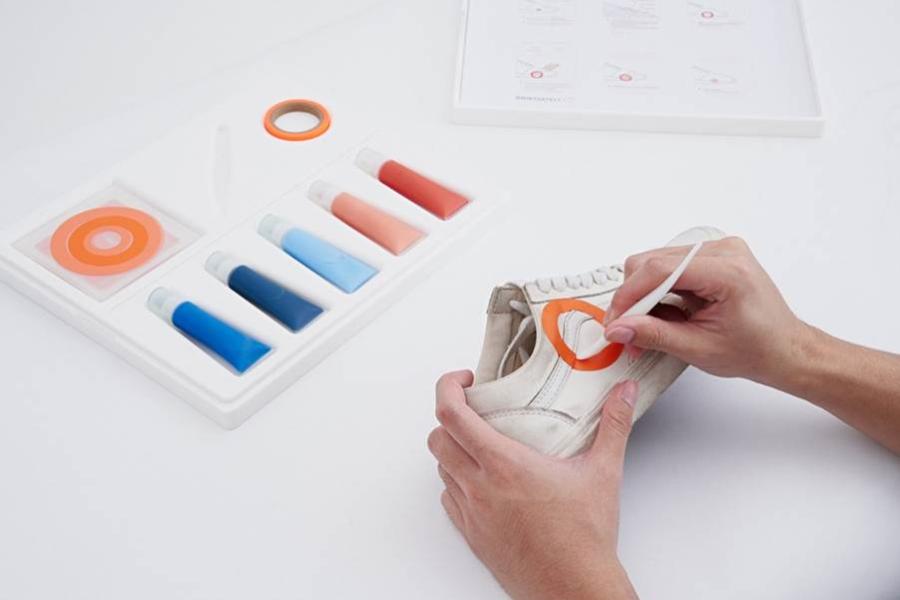 Above: ‘Canvas’ by Ng Luowei and Mervyn Chen - Mit freundlicher Genehmigung von: camron /
Above: ‘Canvas’ by Ng Luowei and Mervyn Chen - Mit freundlicher Genehmigung von: camron / 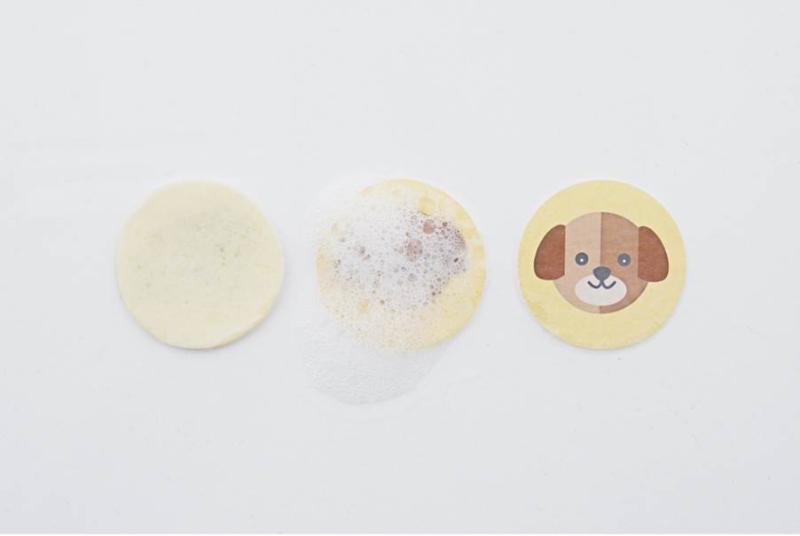 Above: Soap Tattoos, by Kevin Chiam and Nacho Vilanova, dissolve upon contact with water to reveal animal prints to bring enjoyment while handwashing - Mit freundlicher Genehmigung von: camron /
Above: Soap Tattoos, by Kevin Chiam and Nacho Vilanova, dissolve upon contact with water to reveal animal prints to bring enjoyment while handwashing - Mit freundlicher Genehmigung von: camron / 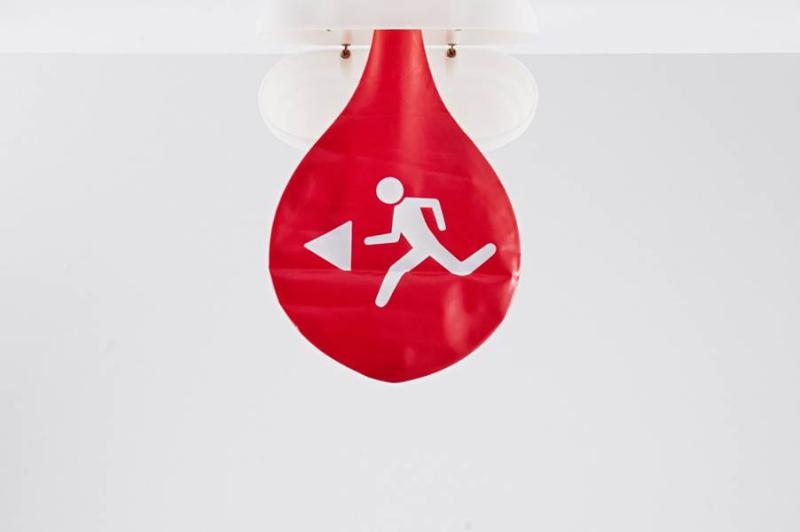 Above: ‘Echo’ – a modular fire system by Kevin Chiam - Mit freundlicher Genehmigung von: camron /
Above: ‘Echo’ – a modular fire system by Kevin Chiam - Mit freundlicher Genehmigung von: camron / 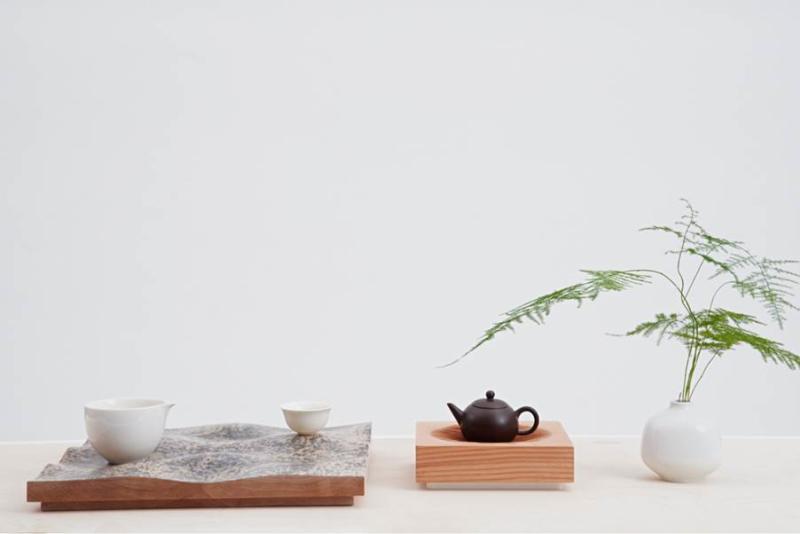 Above: ‘Grained Tea Boat’ from ‘Phenomenal Wood’ by Jasmine Quek - Mit freundlicher Genehmigung von: camron /
Above: ‘Grained Tea Boat’ from ‘Phenomenal Wood’ by Jasmine Quek - Mit freundlicher Genehmigung von: camron / DesignSingapore Presents: ‘Visions of the Future’
10 Dec 2020 – 7 Jan 2021 | National Design Centre, 111 Middle Road
 Above: ‘Rewind’ by Poh Yun Ru - Mit freundlicher Genehmigung von: camron /
Above: ‘Rewind’ by Poh Yun Ru - Mit freundlicher Genehmigung von: camron /  Above: ‘Pneumatics Touch’ by Sheryl Tang – Feeling protected in a textile made of ‘air’. - Mit freundlicher Genehmigung von: camron /
Above: ‘Pneumatics Touch’ by Sheryl Tang – Feeling protected in a textile made of ‘air’. - Mit freundlicher Genehmigung von: camron / 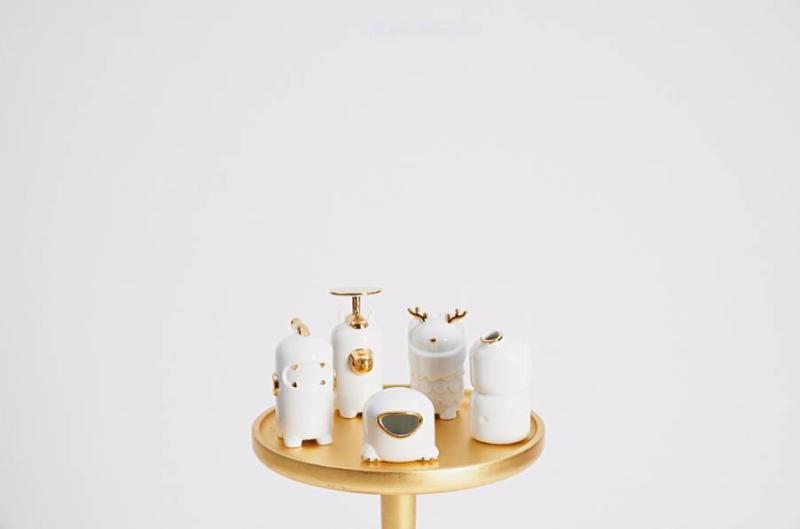 Above: ‘Ji Jian Wu: A belief, A blessing’ by Lin Qiuxia - Mit freundlicher Genehmigung von: camron /
Above: ‘Ji Jian Wu: A belief, A blessing’ by Lin Qiuxia - Mit freundlicher Genehmigung von: camron / Copyright © 2025 findART.cc - All rights reserved
